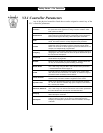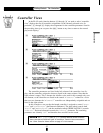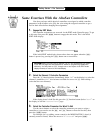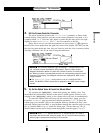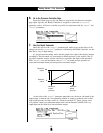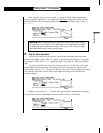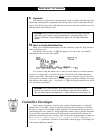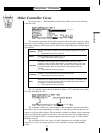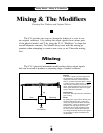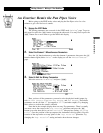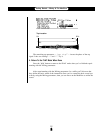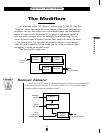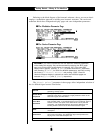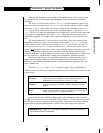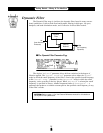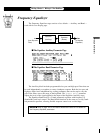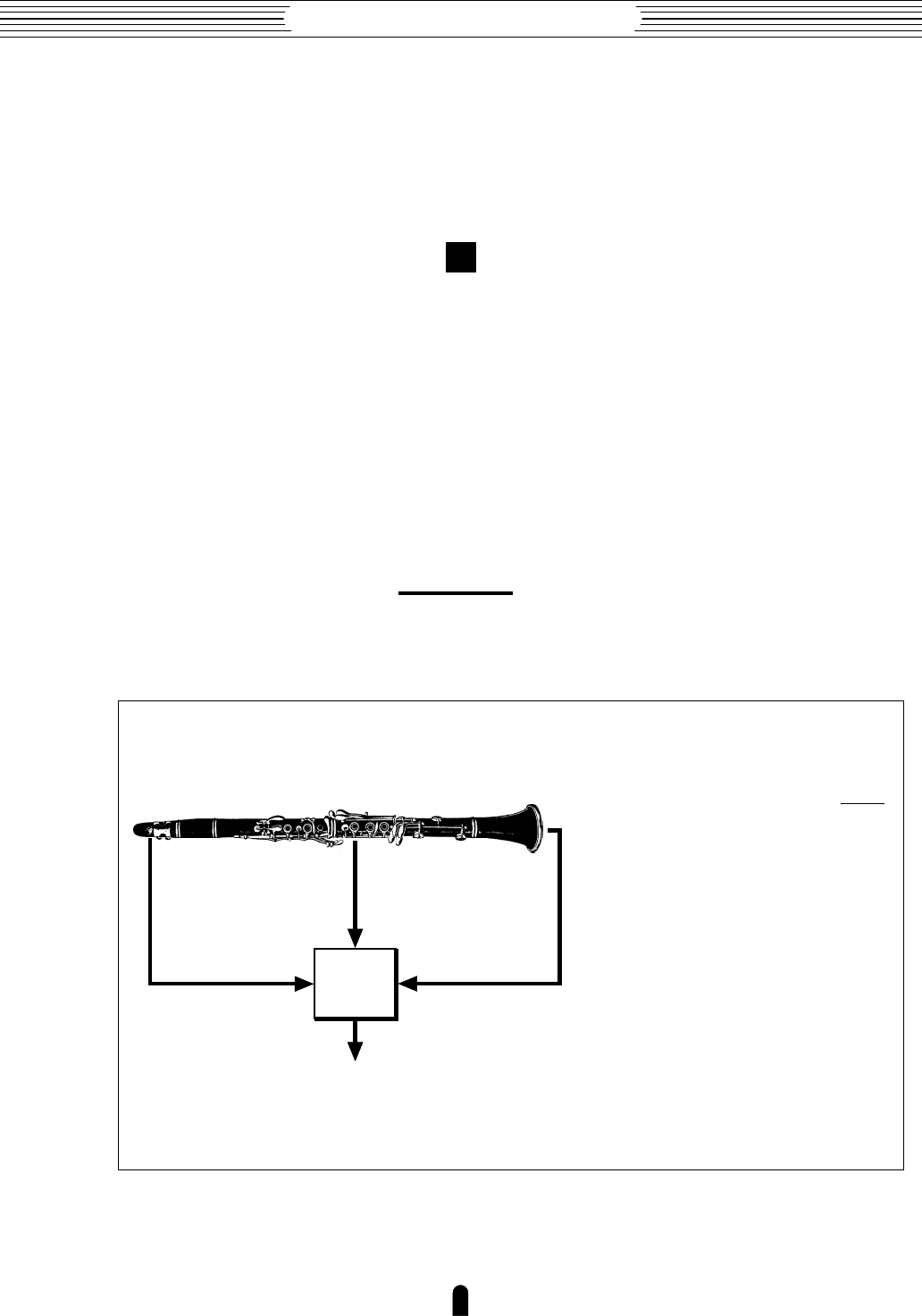
48
Getting Started
●
Mixing & The Modifiers
Mixing & The Modifiers
The VL1 provides two ways to change the timbre of a voice to cre-
ate original variations: 1) by mixing the output signals from various parts
of the physical model, and 2) by using the VL1’s “Modifiers” to shape the
overall harmonic structure. You should always start with the mixing pa-
rameters when attempting to create a new voice, so we’ll describe mixing
first.
Mixing
The VL1’s physical instrument model produces three output signals
that can be mixed to produce a surprising range of timbral variation.
● Driver
The “Driver” signal is the direct output from
the mouthpiece (or bow/string interface)
without the resonance of the instrument’s
body. In acoustic instruments there is always
a certain amount of driver sound — particu-
larly when the instrument is heard at close
range. Judicious adjustment of the amount of
driver signal added to the sound can signifi-
cantly enhance the simulation.
● Pipe/String
This is the main output from the instrument’s
pipe or string.
● Tap
By “tapping” the output from a specific point
along the instrument’s pipe or string and
mixing that signal with the Driver and Pipe/
String signals, a range of variations can be
produced. The Tap signal alone sounds
almost the same as the Pipe/String signal,
but since it has a different phase the tone
can change drastically when the two signals
are mixed due to phase cancellation and
reinforcement.
Creating New Timbres and Original Voices
Mix
Tap
Driver Pipe/String
Out
(to modifiers)



